Treatment with the help of the patient’s own information
in the BICOM® mobile VET bioresonance device
In contrast to other “frequency therapy devices”, BICOM® bioresonance is a method that is highly individual and perfectly tailored to the needs of the patient through the use of the patient’s own information and the possibility of testing specific wave patterns for resonance.
The patient’s own pathological and physiological information is recorded using special applicators and fed into the BICOM® mobile VET.
Depending on the therapy program, the specific wave pattern as a carrier of information is amplified, weakened or inverted and transmitted back to the patient in modulated form, which means that the transmission of information changes in clarity depending on the modulation or it disappears completely.
The treatment signals continuously adapt to the changing pathological situation of the patient. As the therapy progresses, the body’s ability to regulate is reactivated.
Find out more about this topic at our regular events. Together with veterinarians and animal naturopaths, we offer various face-to-face and online events .
The BICOM® bioresonance method is a cause-oriented, holistic treatment concept. It can narrow down the cause of the health problem in animals and find out even the hidden causes of the clinical picture.
Animals have a natural regulatory system that can also compensate for unusual influences. However, even good self-healing powers eventually reach their limits. Persistent exposure to allergens, environmental toxins, fungi, viruses, bacteria or stress and changed living conditions weaken the immune system and are often the cause of an illness. In particular, fungal infestation on the skin or chronic diseases in general are not always due to a breeding-related genetic defect, but are signs of a disturbed immune system.
The BICOM® bioresonance method is the key to successful diagnosis and therapy, especially for animals that cannot tell us exactly where it hurts or what the symptoms are. It is a gentle form of therapy that can be carried out without side effects and without additional stress for the animal.
The BICOM® mobile VET records the bioenergetic state of the animal, processes the information it contains and returns modified vibrations / therapy frequency patterns to the animal. Symptoms and stress can be diagnosed and targeted therapy can be initiated.
Through the use of endogenous and exogenous substances, the body’s own self-healing powers can be activated and imbalances that have existed for a long time can also be regulated.
REGUMED Medizintechnik are pioneers of the BICOM® bioresonance method. More than 30,000 therapists worldwide, well over 10,000 of them in Germany, successfully use their therapy concept.
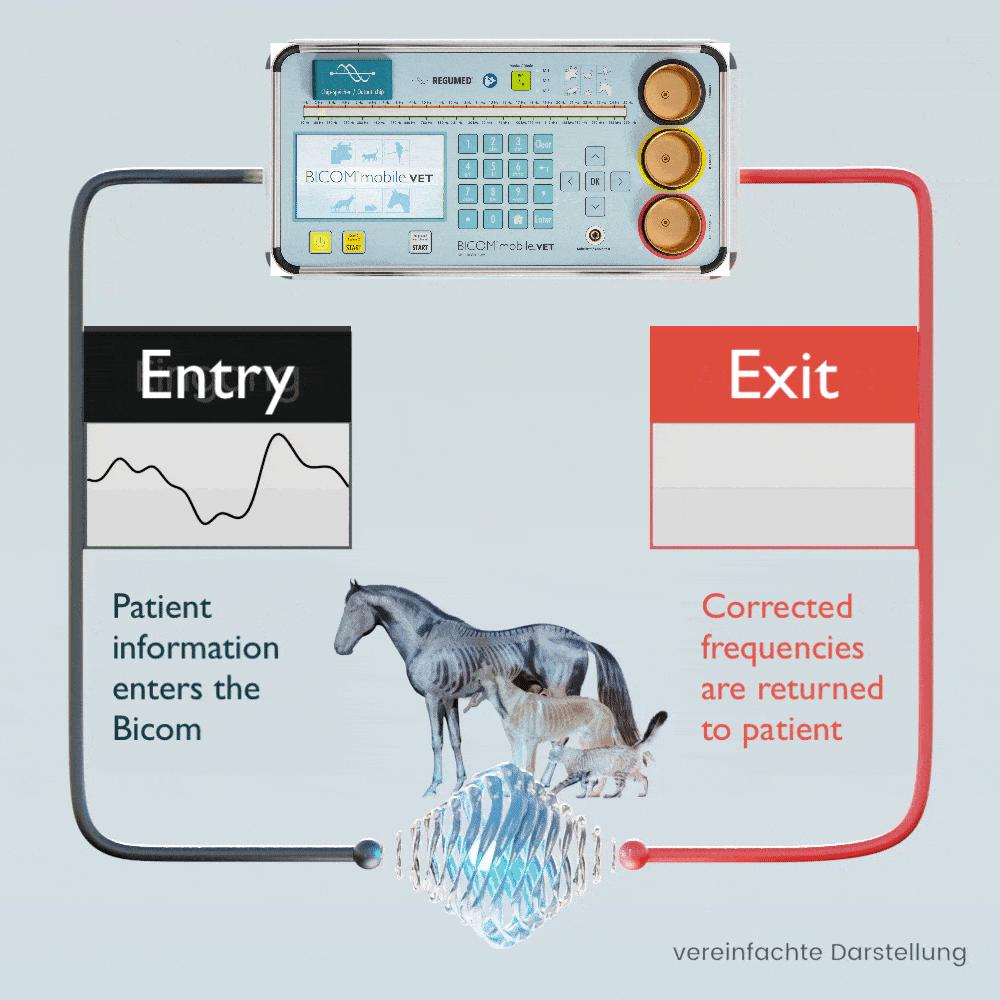
Biophysical basics of the bioresonance method
Life is only possible when three conditions are met: matter, energy and information.
We also find these aspects in conventional medicine, both in diagnostics and in therapy. For example, every drug is also a carrier of information.
Information is neither energy nor matter, it is immaterial and comparable to the meaning of a message from a sending to a receiving system.
In addition to the electrical processes in the receptor proteins and biomembranes in general, electromagnetic interactions through light (biophotons) also play a role in cell communication and the transmission of information.
Specific electromagnetic wave patterns act as information carriers. These wave patterns can be modulated by the BICOM® device in order to eliminate disturbing or stressful information in an organism.
The goal is to restore the free flow of healing information (cell communication) and thus support the self-regulation of the organism and the self-healing powers.
Individual, patient-specific information or information from native substances, digitized substances or information stored on storage media can be used for therapy.
What your colleagues are saying…

Recognizing and Diagnosing Hypothyroidism in Dogs and Horses
Recognising and Diagnosing Hypothyroidism in Dogs and Horses
If you’ve noticed your dog or horse looking unusually tired, gaining weight without changes in diet, or losing the shine in their coat, it might be more than just ageing or seasonal changes. These could be signs of an underlying condition called hypothyroidism in dogs or its counterpart in horses. Early recognition can make a world of difference in your pet’s comfort, energy, and long-term health.
The thyroid gland is small but mighty. Located in the neck, it produces hormones that regulate metabolism, energy use, and many other bodily functions. When this gland underperforms, the effects can ripple through the entire body, leading to a range of visible and invisible health problems. Sadly, hypothyroidism often goes unnoticed in animals until the symptoms become quite advanced. By then, your pet might have been struggling for months, if not longer.
Let’s walk through how you can recognise the warning signs, understand the causes, and work with your vet to diagnose and treat this condition before it takes a toll on your pet’s quality of life.
Understanding Hypothyroidism in Dogs and Horses
While hypothyroidism in dogs is relatively common, the same condition in horses is less frequent but still possible, particularly in foals and older equines. In dogs, the condition is often linked to autoimmune disorders, where the immune system mistakenly attacks the thyroid gland, leading to a gradual decline in hormone production. This is known as lymphocytic thyroiditis in animals, and it’s a leading cause of thyroid-related health issues in pets.
In horses, the situation is more complex. Adult horses rarely develop clinical hypothyroidism, but foals can be born with the condition due to dietary imbalances in the mare during pregnancy. This can lead to a range of equine thyroid disorders, which may affect growth, muscle development, and energy.
Despite these differences, both species share some common signs, which owners can learn to spot with a careful eye and some background knowledge.
Common Signs of Canine Thyroid Disease Symptoms
When the thyroid slows down, the entire body feels it. If your dog is suffering from canine thyroid disease symptoms, you might notice:
Lethargy and fatigue – Your dog may be less interested in play or walks and prefer to rest more than usual.
Weight gain without overeating – The metabolism slows, so even the same amount of food can cause weight gain.
Poor coat and hair loss in pets – A dull, thinning coat, excessive shedding, or bald patches, particularly on the tail and body.
Cold intolerance – Dogs may seek out warm spots and seem uncomfortable in cooler weather.
Skin problems – Dry, flaky skin, recurring infections, or slow-healing wounds.
Not every dog will have all these symptoms, but if you notice several of them together, it’s worth booking a vet check-up sooner rather than later.
Signs of Equine Thyroid Disorders
Hypothyroidism in horses can present differently, particularly depending on the age of the animal. Foals with congenital hypothyroidism may display signs such as limb deformities, poor muscle tone, and stunted growth. In adults, while true hypothyroidism is rare, equine thyroid disorders can still occur and may be secondary to other health issues.
Some possible signs in horses include:
Unexplained weight changes – Either weight gain or difficulty maintaining muscle condition.
Low energy and poor performance – Horses may tire quickly during exercise.
Changes in coat quality – Dullness, patchy shedding, or poor seasonal coat change.
Behavioural changes – Increased irritability or unusual quietness.
Because these symptoms can overlap with many other equine health problems, only proper veterinary testing can confirm whether the thyroid is to blame.
Causes of Hypothyroidism in Dogs
The most common cause of hypothyroidism in dogs is lymphocytic thyroiditis, an autoimmune condition. Over time, the immune system destroys thyroid tissue, reducing its ability to produce hormones. Other causes include idiopathic thyroid atrophy, where the gland simply shrinks without an apparent reason, and rare cases linked to tumours or other diseases.
Some breeds, such as Golden Retrievers, Doberman Pinschers, and Irish Setters, appear more prone to the condition, suggesting a genetic component. Middle-aged dogs are most commonly affected, although it can occur at almost any age.
Causes of Hypothyroidism in Horses
In foals, hypothyroidism is often caused by nutritional imbalances during pregnancy, particularly iodine deficiency or excess in the mare’s diet. Certain plants that interfere with iodine uptake can also contribute. In adult horses, equine thyroid disorders are less likely to be true hypothyroidism and more often related to pituitary or metabolic issues that mimic the symptoms.
Regardless of the cause, the impact on the animal’s well-being can be significant if left untreated.
The Importance of Early Recognition
By the time symptoms become apparent, your pet may have been living with thyroid issues for an extended period. That’s why early recognition matters so much. Even subtle signs like mild coat dullness, slightly reduced activity, or a slight weight increase can be the first whispers of an underlying issue.
In horses, changes in behaviour or performance can sometimes be brushed off as training issues, but paying attention to these early indicators can prevent months of discomfort and lost progress.
How Vets Diagnose Hypothyroidism
If you suspect hypothyroidism, the first step is a thorough examination by your vet. They will review your pet’s medical history, assess physical symptoms, and may recommend blood tests to measure thyroid hormone levels.
In dogs, these tests often include total T4, free T4, and TSH (thyroid-stimulating hormone) levels. In horses, the process is more complex because other illnesses can influence thyroid hormone readings, so vets may perform additional tests to rule out other causes.
Sometimes, a trial treatment with thyroid hormone medication is given to see if symptoms improve, especially in borderline cases.
The Link Between Coat Health and Thyroid Function
One of the most visible signs of hypothyroidism in both species is a change in coat quality. Poor coat and hair loss in pets is not just a cosmetic issue; it reflects more profound metabolic changes that affect skin and follicle health. Thyroid hormones influence the growth cycle of hair, and when levels drop, hair may fall out and grow back more slowly.
For dog owners, bald patches, a “rat tail” appearance, or persistent dandruff can be early red flags. For horse owners, a scruffy, uneven coat or poor shedding can be the sign that something’s amiss.
Supporting Your Pet After Diagnosis
The good news is that with timely diagnosis, hypothyroidism can be managed effectively in most dogs and horses. Treatment usually involves daily thyroid hormone tablets for dogs, and in horses, treatment plans depend on the specific cause. Foals may require supplementation and careful dietary management, while adult horses benefit from targeted nutritional and medical support.
Regular blood tests will ensure the dosage is correct, as over-treatment can cause hyperthyroidism, which brings its own set of problems.
When to Seek Veterinary Advice
You should speak to a vet promptly if you notice:
Persistent tiredness or loss of stamina.
Significant coat changes or hair loss.
Unexplained weight gain or loss.
Behavioural changes without a clear cause.
For foals, any signs of developmental delay or limb abnormalities should be addressed immediately.
Living Well with Hypothyroidism
Many owners find that once treatment begins, their dog or horse regains energy, their coat improves, and their personality returns to normal. The key is not to delay seeking help. With proper diagnosis and ongoing care, pets with hypothyroidism can live happy, active lives for years to come.
Caring for animals means tuning into the small changes. When you notice something’s off, trust your instincts. A conversation with your vet could be the first step in restoring your pet’s health and vitality.
Treatment Priorities
For gentle and optimal treatment of the causes of diseases in animals
The BICOM® bioresonance method is predestined for use with large and farm animals such as horses , but also with dogs , cats and small animals. The treatment focus of the BICOM® mobile VET is wide-ranging. It is now used for many indications.
It recognises health deficits at an early stage and is used, among other things, for the following symptoms:
sweet itch
Feed intolerances
allergies and related diseases
COB/COPD
leishmaniasis
Lyme disease
anaplasmosis
lameness in horses
hoof ulcer
Poisoning by poisoned baits, plants etc.
mauke
Feline infectious peritonitis (FIP)
Cat flu/cat disease
eye/conjunctivitis
and much more
Get advice now!
Our experts are happy to be there for you personally
Our BICOM® bioresonance experts are available to answer any questions you may have
and will be happy to advise you personally and individually.
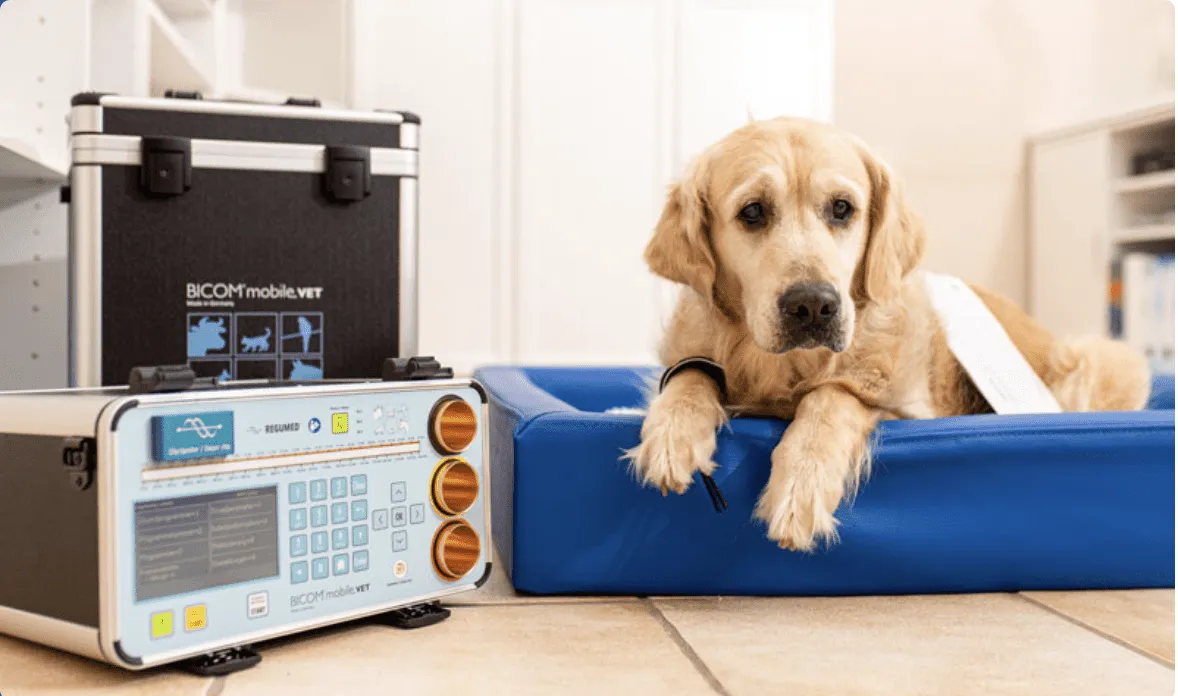
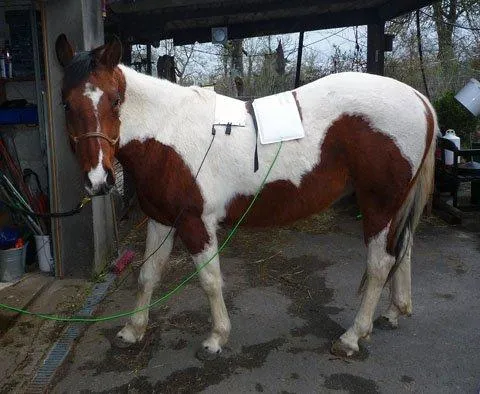
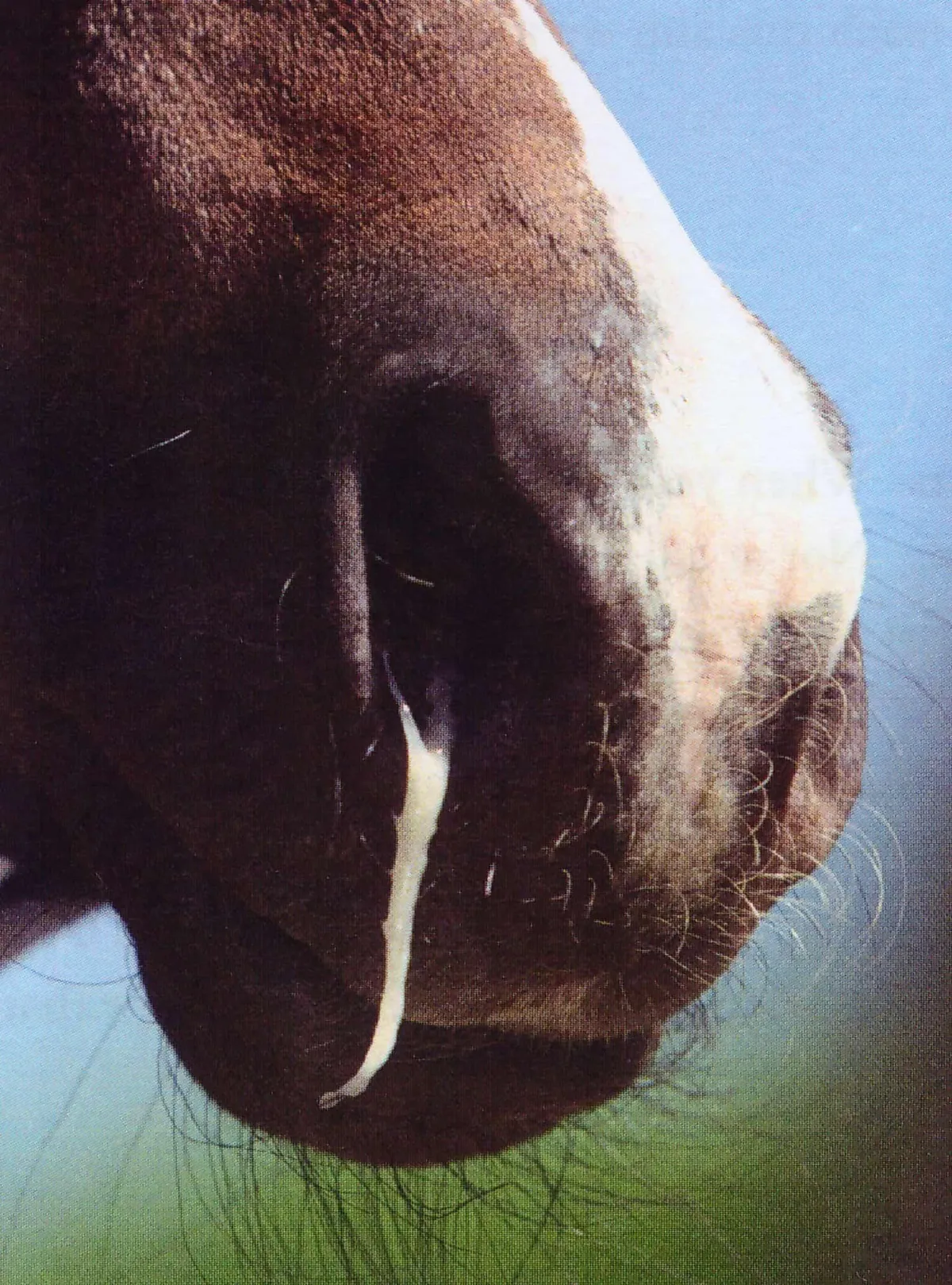
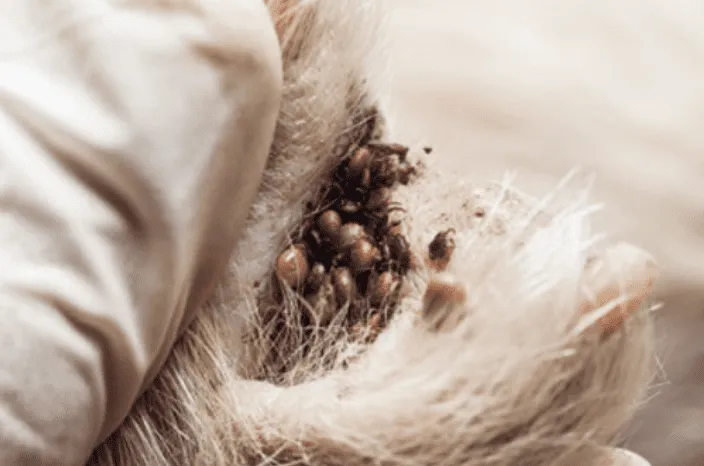
Request more information
Quick Links
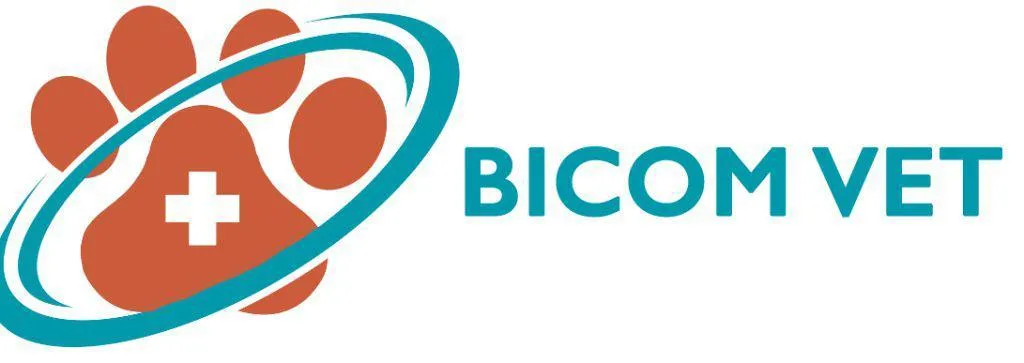
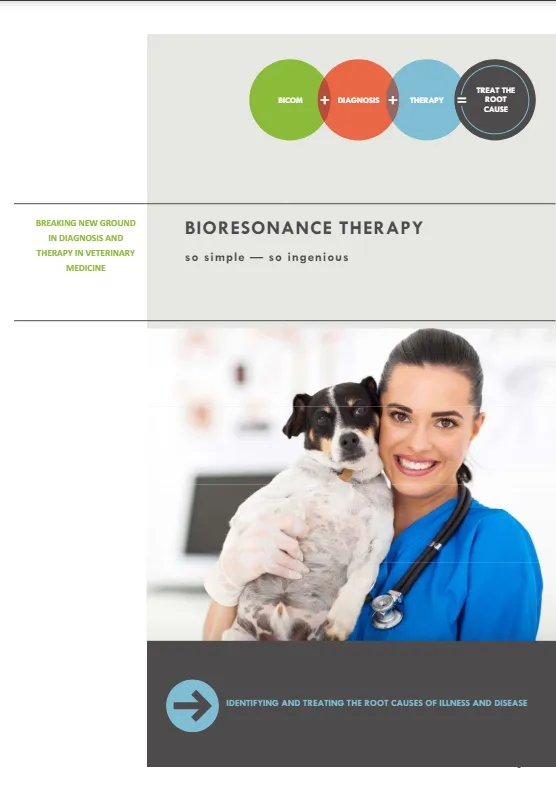
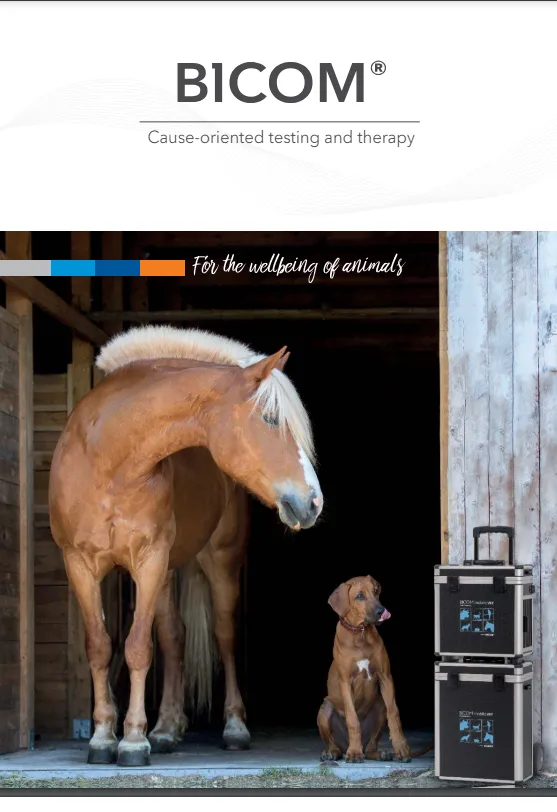


Facebook
Instagram
Mail